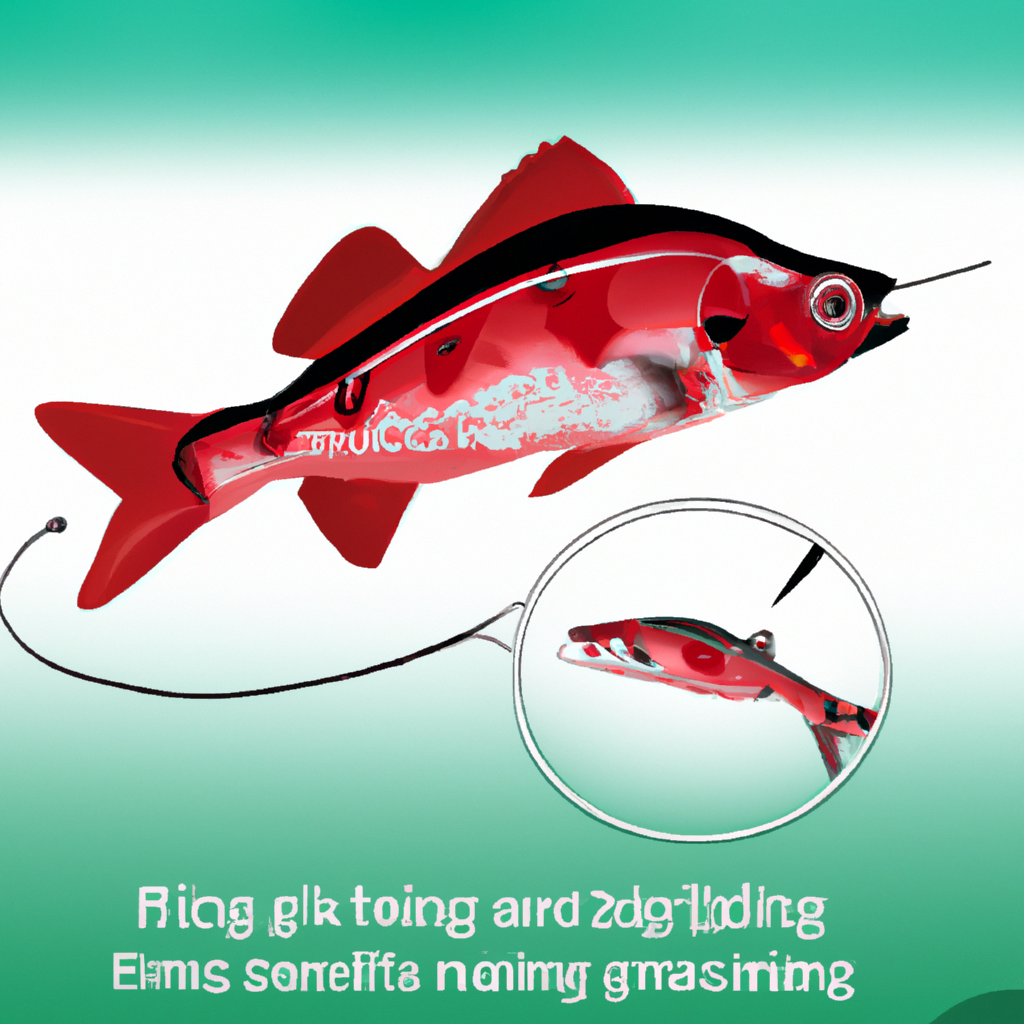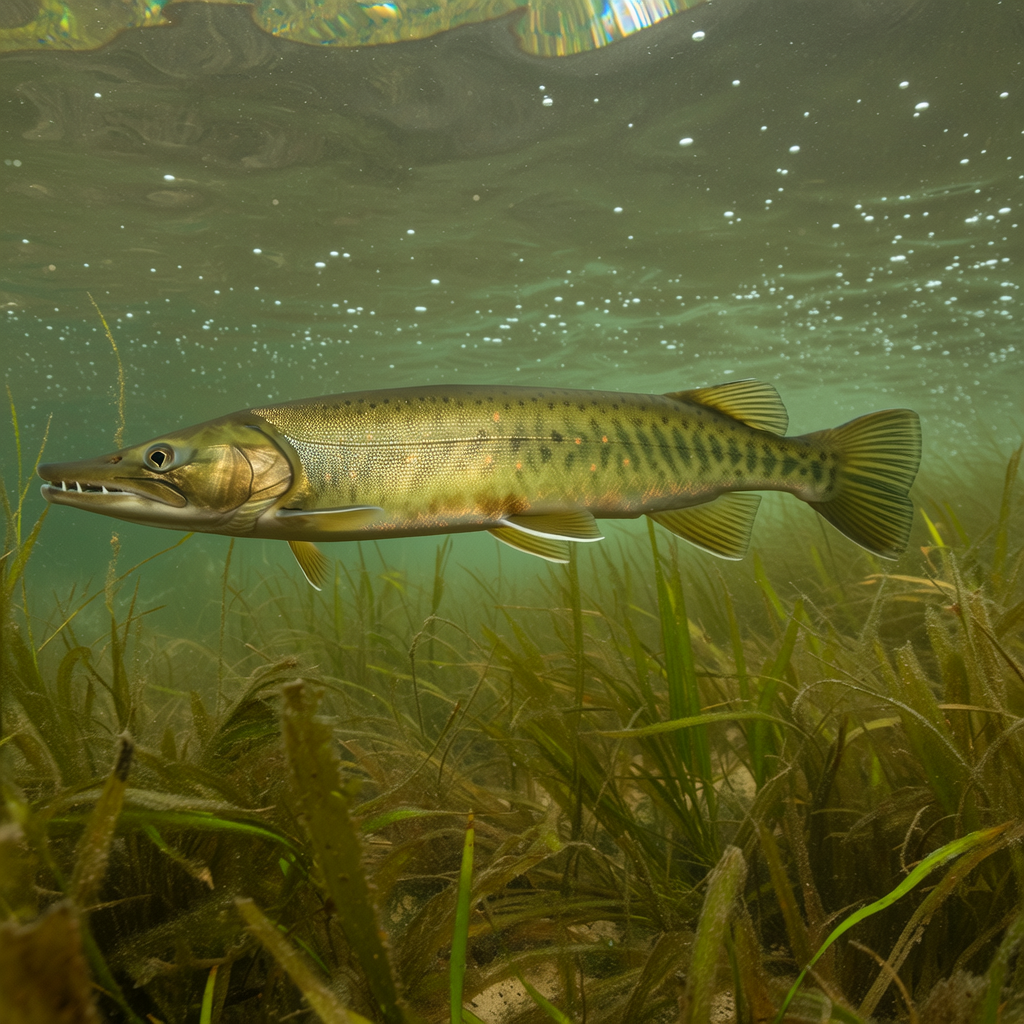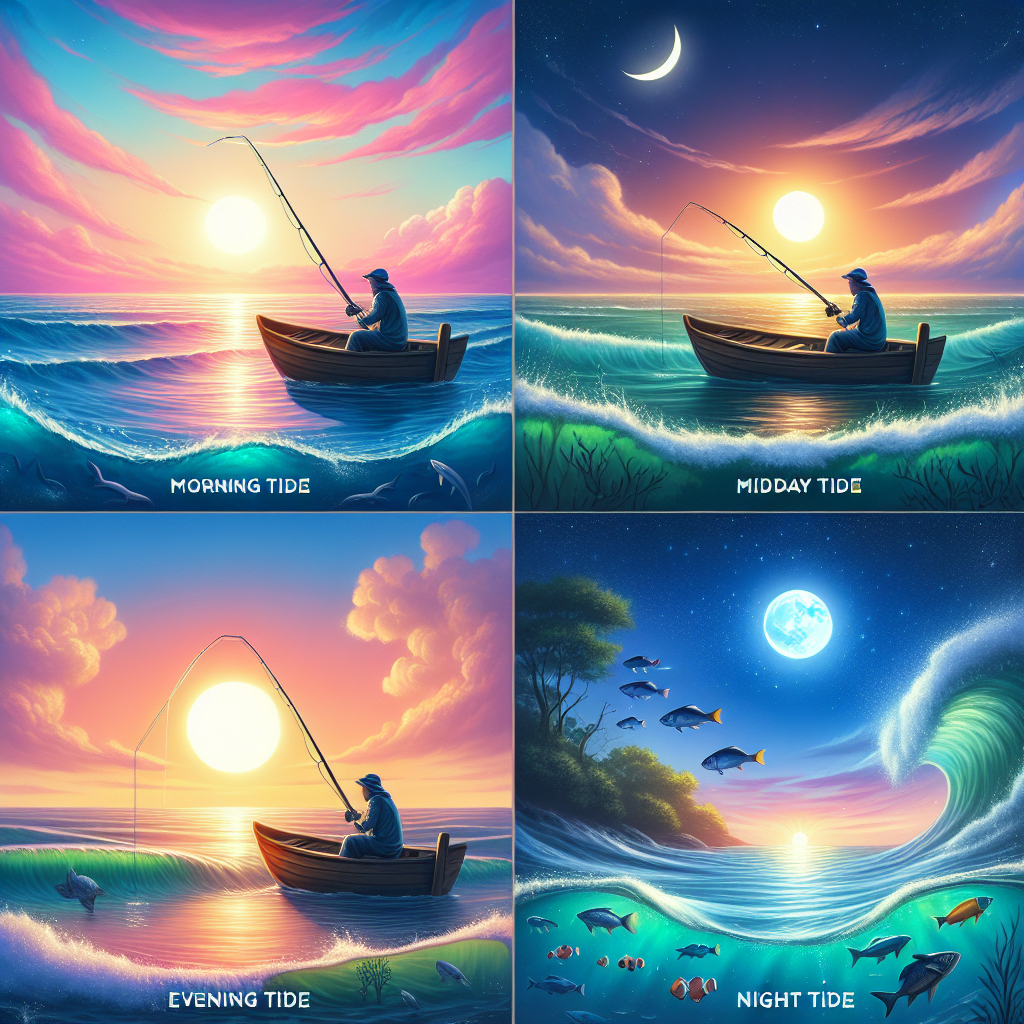Introduction
Jigging, a popular fishing method, involves using a lure known as a jig in order to attract fish. This method is highly effective in many fishing environments, including freshwater rivers and deep ocean waters. This comprehensive guide will cover everything you need about jigging. We’ll discuss the different types of lures, how to use and best practices to achieve success.
Types of Jigs
There are many different types of jigs for jigging. Each is designed for specific fishing conditions or target species. Some of the most common types of jigs are:
1. Bucktail Jigs
Bucktail jigs can be used in freshwater or saltwater. These jigs have a lead head with a skirt of synthetic or deer hair. Bucktail jigs can be used for a variety of fish species.
2. Flutter Jigs
Flutter jigs imitate a wounded baitfish or an injured one, which makes them a great way to attract predatory fish. These jigs are irresistible for hungry fish because they have a unique fluttering motion when dropped through the water.
3. Vertical Jigs
Vertical jigs can be dropped directly into deep water. They are ideal for offshore environments. These jigs are usually narrow and heavy to sink quickly and reach desired depths.
4. Slow Pitch Jigs
Slow pitch jigs, a relatively recent addition to the market of jigging, are designed to be worked slowly through the water column. These jigs can be used to target finicky fish who may not strike at lures that move faster.
How to Use Jigs Effortlessly
It is important to understand the fishing environment as well as the behavior of the species you are targeting in order to use jigs efficiently. Here are some tips for making the most of your experience jigging:
1. Select the Right Jig
It is important to choose the right jig based on the fishing conditions and the target species. When choosing a jig, consider factors such as the water depth, current speed and the behavior of fish you’re trying to catch.
2. Experimentation with different techniques
You can use a variety of jigging methods to attract fish. These include jigging from side to side, jigging upwards and downwards, and jigging with a circular motion. Try out different techniques to find the one that works best for your fishing location.
3. Attention to Action
The way your jig moves is important to its effectiveness. You should pay attention to the way your jig moves in the water, and adjust your technique if necessary to maximize its appeal to fishing.
4. Variate Your Retrieval speed
The speed at which you retrieve the jig will make a huge difference in the number strikes you receive. Some fish prefer a fast moving jig while others may prefer a slower retrieve.
Best Practices for Success
There are a few best practices you can use to improve your jigging success. These tips will help you increase your chances of landing a lot more fish and a successful fishing trip.
1. Quality Gear
Investing in jigging equipment of high quality can make a huge difference in your fishing success. Choose a rod, reel and line that are specifically designed for jigging.
2. Keep Your Jig Sharp
A sharp hook is crucial for successful jigging. Regularly check and sharpen the jig so that it can easily enter the mouth of the fish when they strike.
3. Attention to the environment
Jigging is only successful when you understand the fishing environment. Consider factors like water temperature, current speed and structure when determining the best places to target fish.
4. Stay Patient and Persistent
Jigging is a technique that can be challenging and requires patience and perseverance. Stay focused and experiment with different techniques until your find the one that works.
Conclusion
Conclusion: Jigging is an effective and versatile fishing technique that can work in many different fishing environments. You can increase your chances of landing more fish by following the tips and tricks outlined in this guide. Grab your jigging equipment and get on the water. The fish are waiting.




